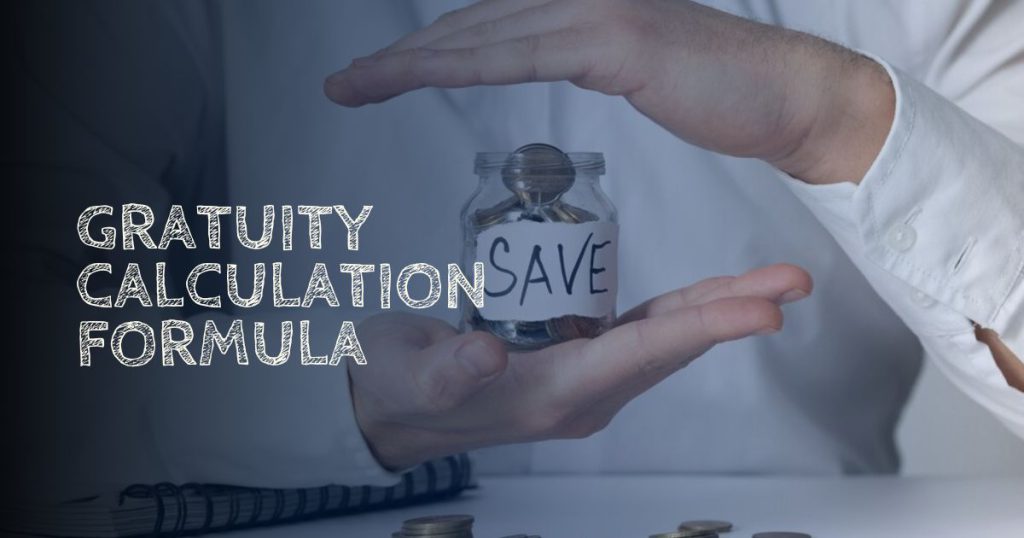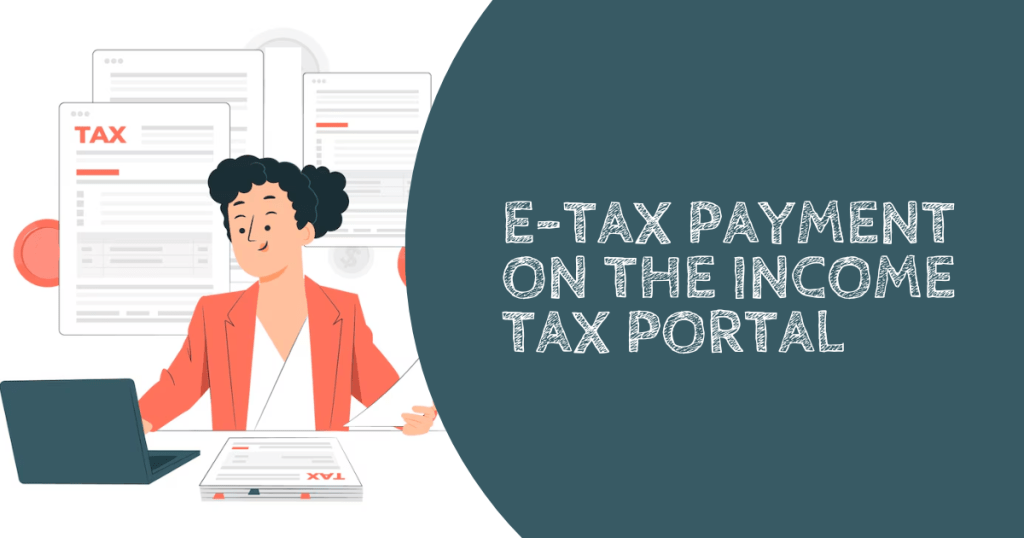Section 197 of the Income Tax Act, 1961 offers relief to taxpayers-both residents and non-residents Indians (NRIs)-from excess Tax Deducted at Source (TDS). It allows individuals or entities with lower tax liability to apply for a certificate permitting NIL or reduced TDS deduction on specified incomes.
TDS is generally deducted at standard rates, which may exceed the actual tax payable by the recipient. This often results in blocked funds and the need to claim refunds at year-end. To address this, Section 197 enables eligible taxpayers to request the Assessing Officer for a certificate based on projected income and tax liability, thus ensuring proper cash flow and minimizing refund dependence.
This provision plays a vital role in efficient tax planning and prevents undue financial strain due to over-deduction.
Applicability of Section 197
Section 197 applies to both Resident and Non-Resident taxpayers who receive income on which TDS is normally deductible, but their actual tax liability is expected to be lower than the prescribed TDS rate or nil due to exemptions, deductions or losses.
Who Can Apply?
- Individuals, HUFs, Firms, Companies and Trusts
- Both Residents and Non-Resident Indians (NRIs)
- Person whose income is subject to TDS but have valid grounds for claiming reduced or nil tax deduction.
Eligible Types of Income
Section 197 can be invoked for a range of incomes, including:
- Salary
- Interest (on securities, bank deposits, etc).
- Dividends
- Rent
- Professional or technical fees
- Commission or brokerage
- Royalties
- Payments to contractors or sub-contractors
- Capital gains (in specific cases)
This section becomes especially relevant for:
- Taxpayers with carried forward losses
- Those availing exemptions under Sections like 10(38), 54, 80C to 80U, etc.
- Entities eligible for tax holidays or deductions under special provisions
- NRIs investing under tax treaties with lower withholding rates
In essence, any taxpayer expecting a lower actual tax outflow than the applicable TDS can seek relief under Section 197 by applying for a certificate authorising the payer to deduct tax at reduced or nil rate.
Procedure to Obtain Certificate under Section 197
To avail NIL or lower TDS deduction under Section 197, the taxpayer must apply to the Income Tax Department for a certificate. This is done by submitting Form 13 through the TRACES portal.
Step-by-Step Process
- Login to TRACES Portal (Registered PAN holders).
- Filing Form 13 (Fill in estimated income details, tax computation and justification for lower tax deduction. Choose the relevant heads of income for which certificate is sought).
- Upload Supporting Documents (Previous years ITRs and tax computation, Income estimation for current year, TDS details-Form 26AS, PAN and TAN details of the deductor(s), Financial statements-if applicable).
- Certificate Processing – The Assessing Officer (AO) reviews the application, may seek clarification, and upon satisfaction, issues a certificate authorizing lower or nil TDS.
- Validity of Certificate – Valid for the financial yearfor which it is issued unless withdrawn or cancelled. Fresh application is needed for each FY.
Criteria for Granting NIL or Lower TDS
Following are the criteria on which NIL or Lower TDS Is granted:
- Based on estimated total income and projected tax liability.
- Applicant must show valid deductions, exemptions or losses.
- Past tax compliance and ITR filing history are reviewed.
- For NRIs, DTAA benefits may considered.
- Certificate is issued only if government revenue is not at risk.
Benefits of Section 197 Certificate
Obtaining a certificate under section 197 offers several practical and financial advantages to taxpayers whose actual tax liability is lower than the standard TDS rates.
- Avoids excess TDS and the burden of claiming refunds later.
- Improves cash flows, especially useful for low-income taxpayers and NRIs.
- Helps in accurate tax planning aligned with actual tax liability.
- Reduces administrative hassle related to refund claims and delays.
Challenges and Practical issues
While Section 197 offers a significant relief, taxpayers often face certain procedural and technical challenges during the application process.
- Delays in certificate issuance due to manual verification.
- Technical glitches on TRACES portal during application.
- Lack of clarity in documentation requirements.
- Rejection without clear reasons in some cases.
Section 197 vs. Refund via ITR
Taxpayers often weigh the benefits of Section 197 certificate against simply allowing TDS and later claiming a refund through filing their Income Tax Return (ITR). Both have their place, but Section 197 offers distinct advantages.
- Timely Relief: Section 197 prevents excess deduction upfront, while ITR refunds come only after year-end processing.
- Better Cash Flow Management: No unnecessary blockage of funds, which is especially helpful for small businesses and NRIs.
- Administrative Ease: Reduces the need to follow up on delayed refunds or deal with refund rejections.
- Preferred in predictable Income Scenarios: Best suited when the taxpayer has consistent income and valid grounds for lower tax liability.
Conclusion and Suggestions
Section 197 serves as an effective mechanism to align tax deduction with actual tax liability, offering timely relief to both resident and non-resident taxpayers. It helps reduce dependency, enhance liquidity and promotes proactive tax compliance.
To maximize its benefits:
- Apply early in the financial year to avoid delays.
- Ensure accurate documentation to support the application.
- Maintain a good compliance record to strengthen eligibility.
- Authorities should aim to simplify the process, reduced the manual intervention, and promote awareness to encourage wider use of this beneficial provision.
Click Here To Know More About Income Tax For NRI In India.
FAQs
- Can I apply for a Section 197 certificate after TDS has already been deducted on my income?
No, Section 197 works prospectively. It does not allow for refund or adjustment of TDS already deducted. You must apply before the income is credited or paid to ensure reduced or nil TDS.
- Is a separate certificate required for each deductor or can one certificate cover multiple deductors?
The Assessing Officer may issue either a single certificate valid for all deductors or specific certificates for each, depending on your application and income sources. Make sure to mention all relevant deductors in Form 13.
- Does having a Section 197 certificate guarantee that no TDS will be deducted at all?
Not always. The certificate may allow nil, lower, or specific rate TDS depending on the assessment. Also, deductors are legally bound to deduct tax as per the certificate—so it’s only effective once it’s shared and accepted by them.


